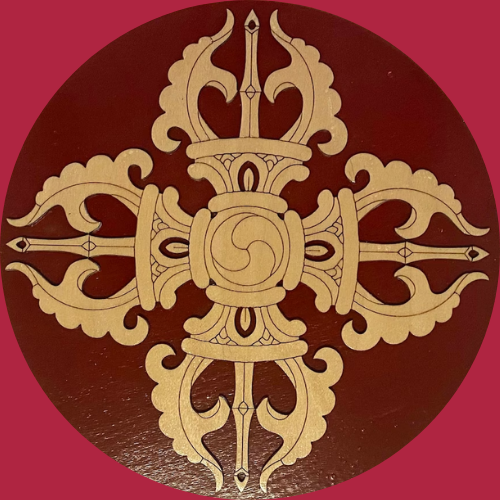Kolaba
A 300 years old coastal town of Marathas, Alibag is the headquarters of Raigad in Maharashtra. Known for history, beaches and historical forts which are architectural brilliance of its time. This region got few forts which falls near seashore.
Kulaba Fort is the main fort of the region under Maratha rule on the south Konkan belt. The huge fort structure is stretched over an area of 275m from north to south and 100m from east to west. It is about 112kms from Mumbai city and remains a famous tourist location. The word “Kulaba” means cape. The fort is named as it was built on the Arabian Sea, 1-2kms from the shores of Alibag town.
This sea fort was built in the year 1680 under Maharaj Shivaji’s rule. Shivaji made this fort after south Konkan went under his reign. Gigantic fortification was made with the intention of making Kolaba fort as a base for Maratha Navy. Huge naval ships were built inside Kolaba fort walls and it contained huge armory of advanced arms and ammunition.
This seafort was the centre of gallantry for the chief naval officer Sarkhel Kanhoji Angre, whom later Shivaji gifted this fort accounted for the overall development of Alibag region. Soon after the construction of Kolaba fort, Shivaji’s reign ended and the region came under the rule of Sarkhel Angre and his descendants. In Angre’s rule the fort structure had many modifications like several palaces were being built for the royal family, chief official houses were constructed and huge grain storage units were made. The Angre dynasty ruled this region till 1840 AD.
The fort walls are 25 feet high or 6-8 m, which consists a wide parapet circumnavigating Kolaba fort with 17 bastions for defensive fire. The entire fortification is being made with enormous stone blocks with entrances facing the sea and towards Alibag. The door facing land was known as the “Maha Darwaza” which served as the entrance for royal family. These doors were carved out of teak wood with iron spikes embedded at many points.
